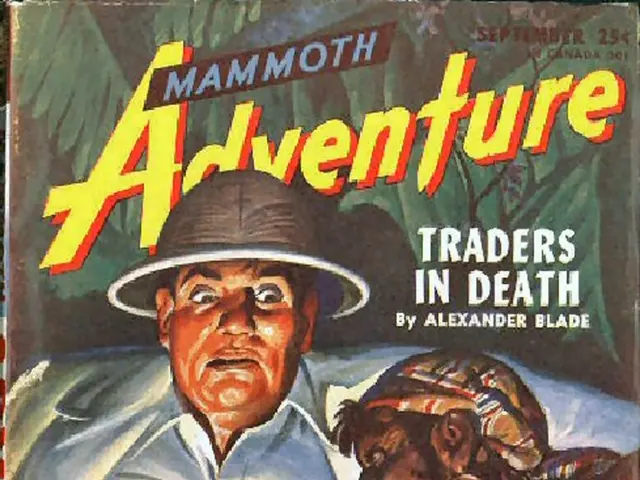Stuck in the Leader's Dilemma: Strategies for Escaping Repetitive Decision-Making Patterns
Feeling like you're shouldering all the burdens, solving every problem, and dragging the weight of improvement efforts? You might have fallen victim to the Doer Trap.
The Doer Trap arises when you take on too many responsibilities, making it tough for others to step up and lead. Instead of fostering capabilities within your team, leaders, managers, operational excellence practitioners, and lean consultants may find themselves doing the work, as opposed to building their team's skills.
So, why the fixation on doing it all yourself? It's often because we've been conditioned to excel at having answers, rewarded in school, early careers, and even in leadership positions. Additionally, a sense of urgency can make it tempting to handle matters on our own instead of guiding others through the process.
Organizations, often under-resourced, may expect operational excellence practitioners to take on a "pair-of-hands" role instead of a strategic one. Besides, leaders can get swamped and burnt out, feeling like they're the only ones who can bring about positive change. This situation spirals into a vicious cycle of exhaustion and frustration, leaving no time to nurture others and distribute the work.
Here's the challenge: If you're always the one solving the problems, real change won't occur. In fact, being the continuous improvement coach or team leader isn't about you relentlessly achieving results. It's about supporting others in taking responsibility and driving progress towards the outcomes.
The key to creating a sustainable, high-performing organization isn't about your personal success in delivering results. Instead, it's about empowering the leaders and people around you to embrace the doing and contribute to the results.
Are you thinking more like an expert problem-solver? If so, it's time to shift to the enabler of problem-solving across your organization. Stepping into "doer" mode for matters not actually your responsibility can rob others of their ownership. If you aim to cultivate a continuous improvement, high-performing culture, and yet find yourself doing all the work, you're inadvertently standing in your way.
There's danger in their impact: you might solve the problem in the short term but create more substantial issues in the long run. Missed learning and opportunity abound as people keep coming back to you for their answers, yielding short-term results and a cycle of repeating the same problems year after year.
Do you find yourself stuck as a Hero, Rescuer, Magician, Pair of Hands, or Surrogate Leader? These roles may sound familiar if you often get bogged down doing rather than leading. Breaking free from the Doer Trap requires three shifts:
- Understand your role (and theirs):Clear communication is crucial. Know what you're responsible for, and what others should own. Remember, influence stems from shaping and empowering others, not from doing everything yourself.
- Set expectations:Make your role clear to the people you support. This way, they won't assume you own everything, preventing assumptions, frustration, and greater sustainability.
- Model the way and invite reflection:Model the behaviors you want to see, and create space for reflection. Encourage ownership and reinforce that your role is to create the space for others to learn, grow, and assume responsibility for themselves.
By shifting from doing everything to enabling what matters, you can step out of the Doer Trap and into your full leadership potential.
- The fixation on doing it all yourself in a leadership role might be due to being conditioned to excel at having answers, and this behavior can make it hard for other team members to step up and lead.
- Situations can arise where operational excellence practitioners are expected to take on a "pair-of-hands" role instead of a strategic one, urging leaders to handle matters on their own instead of guiding others through the process.
- Real change cannot occur if you're always the one solving the problems; instead, it's about supporting others in taking responsibility and driving progress towards the outcomes.
- Creating a sustainable, high-performing organization isn't about your personal success in delivering results, but about empowering the leaders and people around you to embrace the doing and contribute to the results.
- If you find yourself doing all the work, aiming to cultivate a continuous improvement, high-performing culture, yet find yourself stuck as a Hero, Rescuer, Magician, Pair of Hands, or Surrogate Leader, it's essential to break free from the Doer Trap by understanding your role, setting expectations, and modeling the way for reflection.










